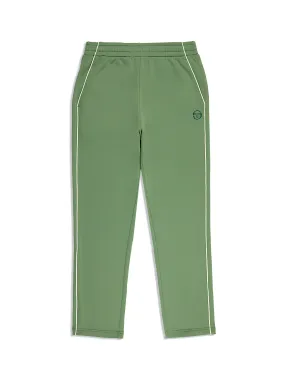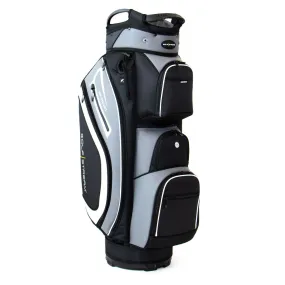RWMA Class II
Used extensively for cap style resistance welding electrodes. Evidence suggests that it can provide less sticking and resist deformation longer than its copper-chrome counterpart in some specific situations.
Typical Uses for C18150 Copper Chromium Zirconium:
CONSUMER: Pencil-type & Light Soldering Guns: Tips, Rod Extensions
ELECTRICAL: Resistance Welding Electrodes
INDUSTRIAL: Welding Electrodes, Welding Wheels, Tips and Rod Extensions
| Cr | Cu | Zr |
| Min/Max | 0.5 - 1.5 | Rem | 0.05 - 0.25 |
| Nominals | 1.0000 | 98.9000 | 0.1000 |
| Product Type | Temper Type |
| Information not available on website | |
RWMA CLASS
(Alloy Number) | Chemical Composition | Hardness | Conductivity(%) | Tensile Strength |
| Class 2 (18200) | CR.60-1.2 | B70-83 | 80-85 | 50-70 ksi |
| Class 2 (18150) | Cr.50-1.5 / ZR.05-.25 | B70-83 | 80-85 | 50-70 ksi |
| Product Property | US Customary | Metric |
| Coefficient of Thermal Expansion | 9.5 . 10-6 per oF (68-572 F) | 16.45 . 10 6? per å¡C (20-200 C) |
| Density | 0.321 lb/in3 @ 68 F | 8.89 gm/cm3 @ 20 C |
| Electrical Conductivity | 80 %IACS @ 68 F | 0.464 MegaSiemens/cm @ 20 C |
| Melting Point Liquid US | 1976 F | 1080 C |
| Melting Point Solid US | 1958 F | 1070 C |
| Modulas of Elasticity in Tension | 17000 ksi | 117200 MPa |
| Specific Gravity | 8.89 | 8.89 |
| Thermal Conductivity | 187.0 Btu . ft/(hr . ft2 . å¡F) @ 68 F | 323.9 W/m . å¡K at 20 C |
| Joining Technique | Suitability |
| Machinability Rating | 20 |
| End Product | Specification |
| Information not available on website | |















